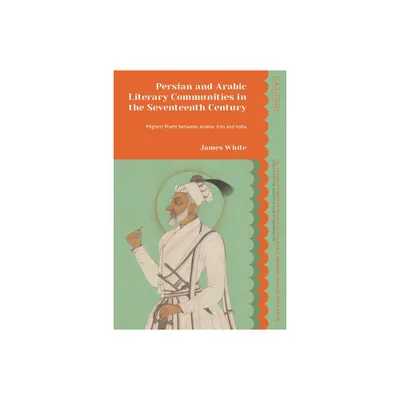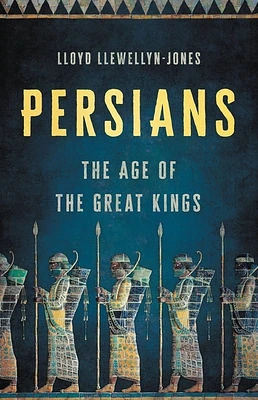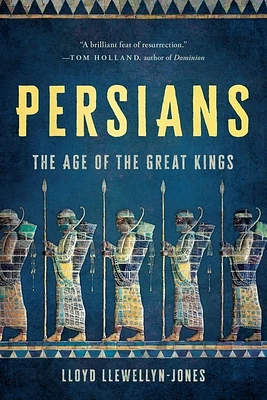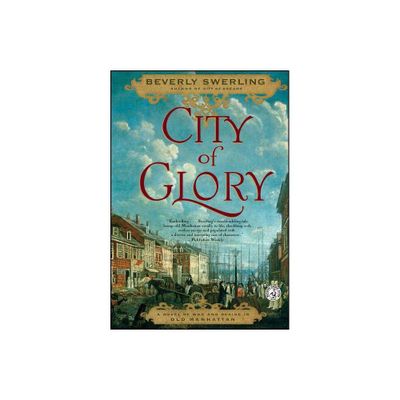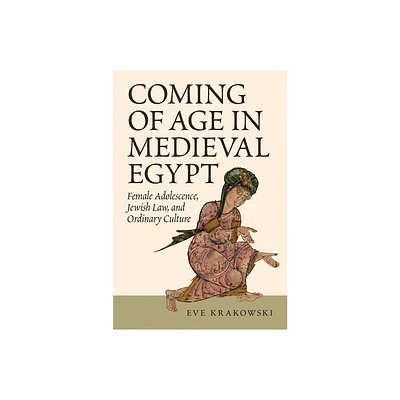Home
Shiraz in the Age of Hafez: The Glory of a Medieval Persian City
Loading Inventory...
Barnes and Noble
Shiraz in the Age of Hafez: The Glory of a Medieval Persian City
Current price: $30.00


Barnes and Noble
Shiraz in the Age of Hafez: The Glory of a Medieval Persian City
Current price: $30.00
Loading Inventory...
Size: OS
*Product Information may vary - to confirm product availability, pricing, and additional information please contact Barnes and Noble
In the fourteenth-century Persian city of Shiraz, poets composed, scholars studied, mystics sought hidden truths, ascetics prayed and fasted, drunkards brawled, and princes and their courtiers played deadly games of power. This was the world of Shams al-Din Mohammad Hafez Shirazi, a classical poet who remains broadly popular today in his native Shiraz and in modern Iran as a whole, and among all lovers of great verse traditions.
As John Limbert notes, Hafez's poetry is inseparable from the Iranian spirita reflection of Iranians’ intellectual and emotional responses to events. But if Hafez’s endurance derives from the considerable charm of his work, it also arises from his sure grounding in the life of his day, from a setting so deftly explored by his verse that his depictions of it retain a timeless relevance.
To fully comprehend and enjoy Hafez, and thus to understand a root force in modern Iranian consciousness, we must know something of the city in which he lived and wrote. In this book, Limbert provides not only a rich context for Hafez’s poetry but also a comprehensive perspective on a fascinating place in a dynamic time. His portrait of this elegant, witty poet and his marvelous city will be as valuable to medievalists, students of the Middle East, and specialists in urban studies as it will be to connoisseurs of world literature.
As John Limbert notes, Hafez's poetry is inseparable from the Iranian spirita reflection of Iranians’ intellectual and emotional responses to events. But if Hafez’s endurance derives from the considerable charm of his work, it also arises from his sure grounding in the life of his day, from a setting so deftly explored by his verse that his depictions of it retain a timeless relevance.
To fully comprehend and enjoy Hafez, and thus to understand a root force in modern Iranian consciousness, we must know something of the city in which he lived and wrote. In this book, Limbert provides not only a rich context for Hafez’s poetry but also a comprehensive perspective on a fascinating place in a dynamic time. His portrait of this elegant, witty poet and his marvelous city will be as valuable to medievalists, students of the Middle East, and specialists in urban studies as it will be to connoisseurs of world literature.

